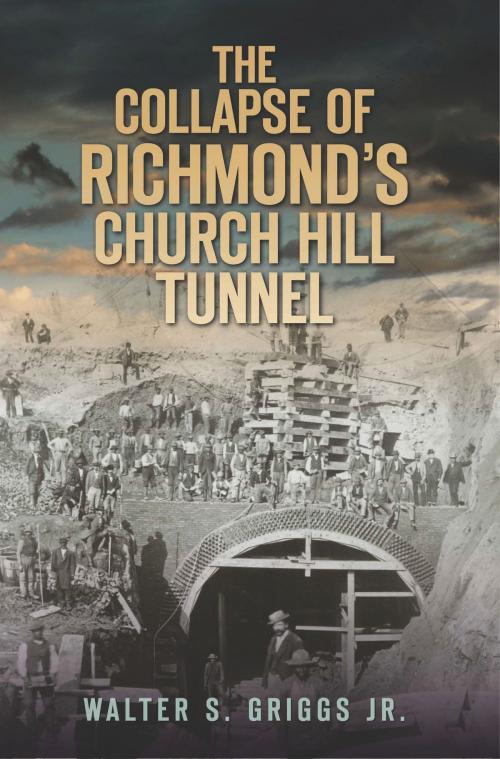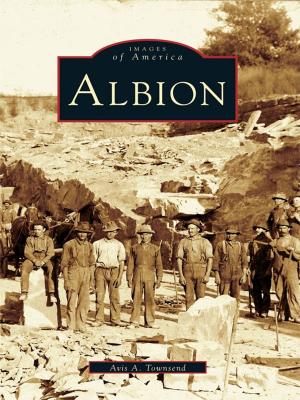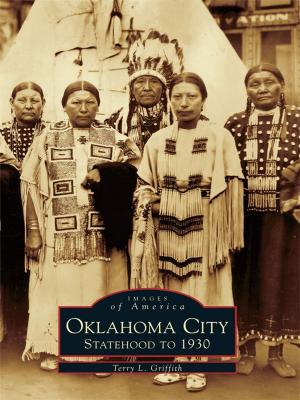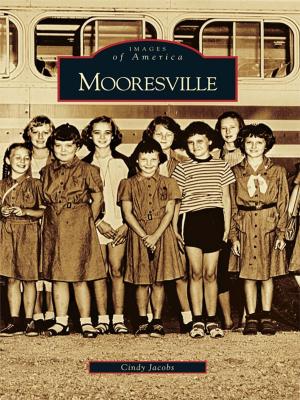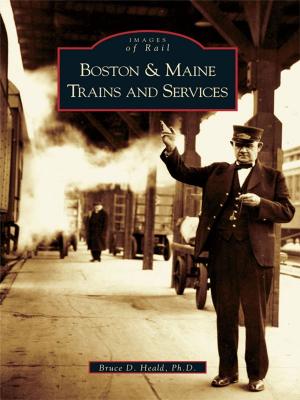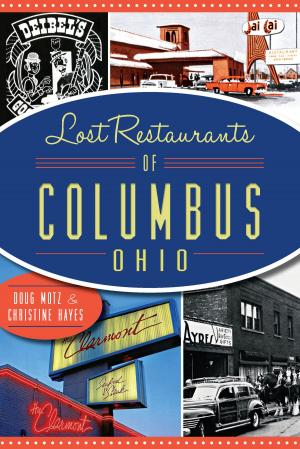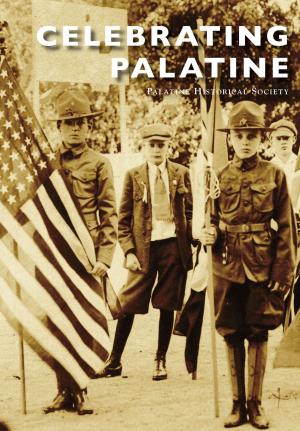The Collapse of Richmond's Church Hill Tunnel
Nonfiction, Reference & Language, Transportation, Railroads, History, Science & Nature, Nature, Environment, Natural Disasters, Art & Architecture, Photography, Pictorials| Author: | Walter S. Griggs Jr. | ISBN: | 9781614234876 |
| Publisher: | Arcadia Publishing Inc. | Publication: | October 18, 2011 |
| Imprint: | The History Press | Language: | English |
| Author: | Walter S. Griggs Jr. |
| ISBN: | 9781614234876 |
| Publisher: | Arcadia Publishing Inc. |
| Publication: | October 18, 2011 |
| Imprint: | The History Press |
| Language: | English |
Richmond, the capital of the Confederacy, was in shambles after the Civil War. The bulk of Reconstruction became dependent on the railways, and one of the most important links in the system was the Church Hill Tunnel. The tunnel was eventually rendered obsolete by an alternative path over a viaduct, and it was closed for regular operation in 1902. However, the city still used it infrequently to transport supplies, and it was maintained with regular safety inspections. The city decided to reopen the tunnel in 1925 due to overcrowding on the viaduct, but the tunnel needed to be strengthened and enlarged. On October 2, 1925, 190 ft of the tunnel unexpectedly caved in, trapping construction workers and an entire locomotive inside. In recent years, there has been a renewed interest in the tunnel and the mystery surrounding its collapse. There were cave-ins and sink holes above the surface for decades after the tunnel was sealed up, and in 1998, a reporter from the Richmond Times-Dispatch did an investigation, trying to determine the current condition of the tunnel. In 2006, the Virginia Historical Society announced its efforts to try and excavate the locomotive and remaining bodies.
Richmond, the capital of the Confederacy, was in shambles after the Civil War. The bulk of Reconstruction became dependent on the railways, and one of the most important links in the system was the Church Hill Tunnel. The tunnel was eventually rendered obsolete by an alternative path over a viaduct, and it was closed for regular operation in 1902. However, the city still used it infrequently to transport supplies, and it was maintained with regular safety inspections. The city decided to reopen the tunnel in 1925 due to overcrowding on the viaduct, but the tunnel needed to be strengthened and enlarged. On October 2, 1925, 190 ft of the tunnel unexpectedly caved in, trapping construction workers and an entire locomotive inside. In recent years, there has been a renewed interest in the tunnel and the mystery surrounding its collapse. There were cave-ins and sink holes above the surface for decades after the tunnel was sealed up, and in 1998, a reporter from the Richmond Times-Dispatch did an investigation, trying to determine the current condition of the tunnel. In 2006, the Virginia Historical Society announced its efforts to try and excavate the locomotive and remaining bodies.
